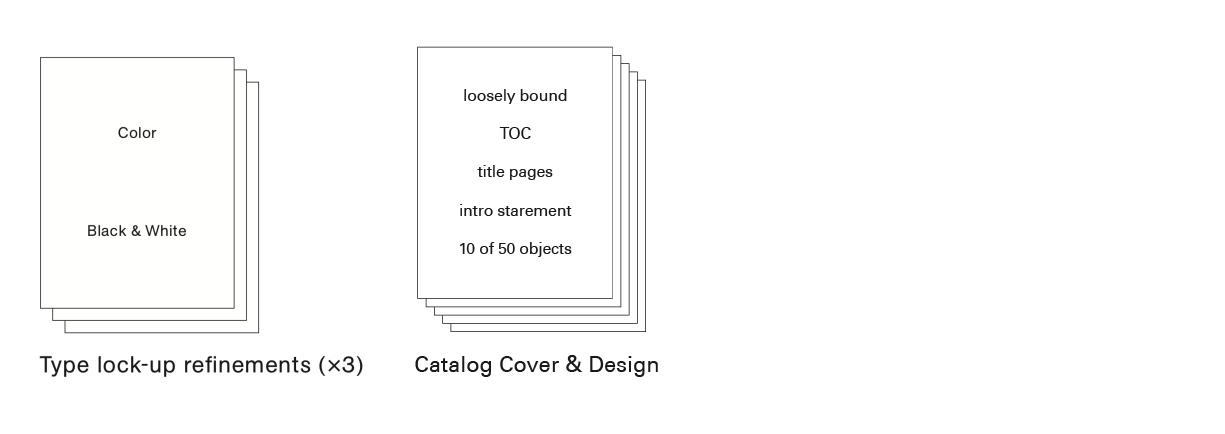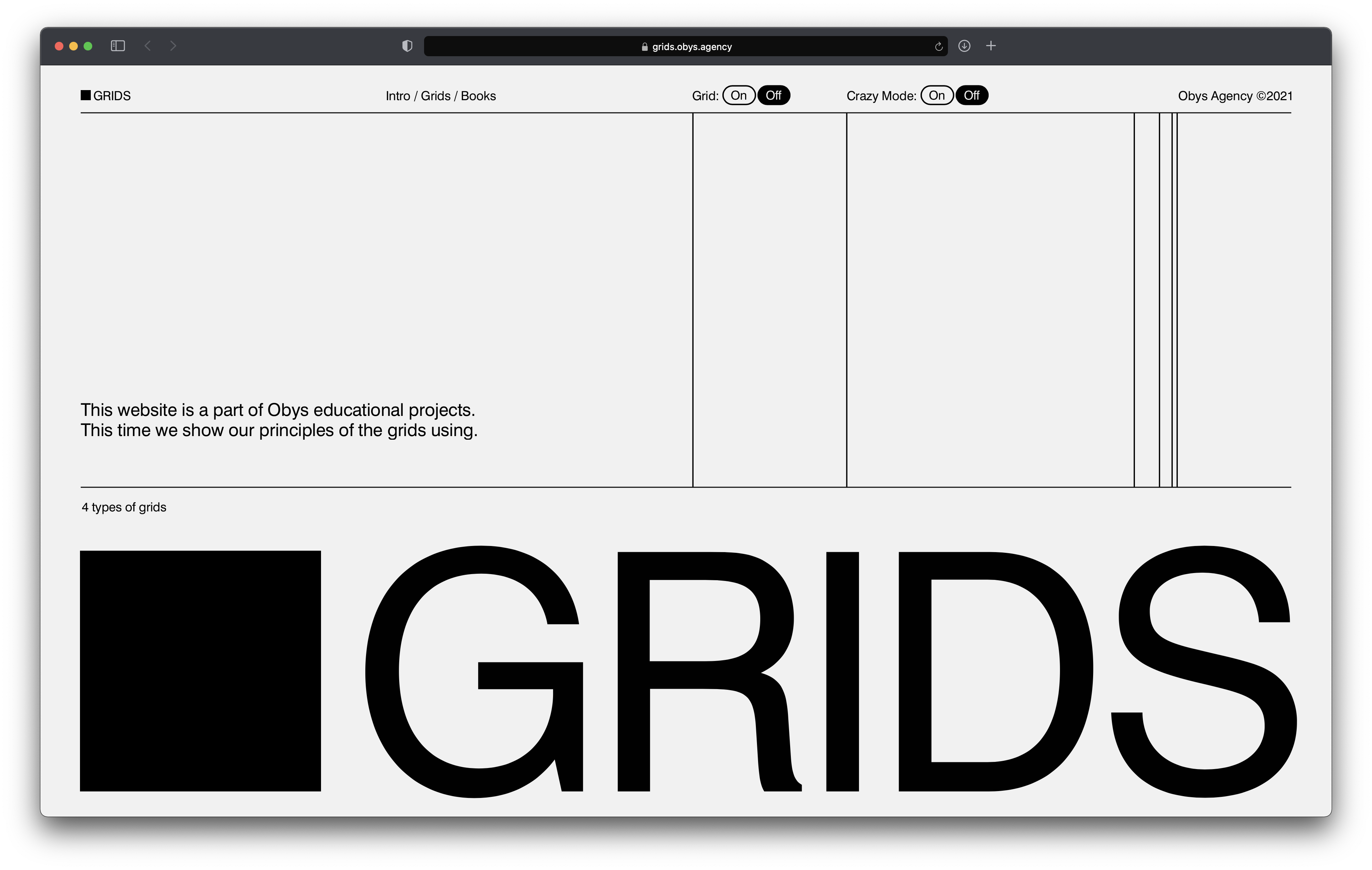Assignment 08
Collection: Catalog
Type Lock-up Refinements
From your first round of type lock-up designs, select one and create 3 new variations that further explore its central idea and refine its visual expression. Explore compositional variations, subtle changes in type size and weight, and consider the benefit of adding color (color is optional). Don’t select 3 completely different typefaces for this phase, rather zero in on the type classification and find similar but different fonts that are within the same style or tone. For example, if you believe old style serif or geometric sans-serif fonts are appropriate, narrow your focus on different typefaces within the same genre.
Collection Catalog
Create a collection catalogue, 8.5×11 inches. Your collection catalog should include a cover design, a table of contents and category title pages (if your collection is organized by categories), page numbers, and a short statement introducing your collection (approx. 200 words) – either at the beginning or end of the book, and 10 of your 50 objects represented. Spend your time designing your publications grid, typographic system, pacing and organization. For next week, bring your catalog to class, full scale and trimmed to size, printed and hang your work as spreads.
To recap, your catalog must include:
— 10 of your 50 documented objects
— cover design
— contents page & category title pages (if applicable)
— page numbers
— collection statement

 Other Libraby is a resource to view rare and beautiful books. Care and attention to detail has been documented and described by Other Work.
Other Libraby is a resource to view rare and beautiful books. Care and attention to detail has been documented and described by Other Work.
 Informational Affairs is an ever growing index of books collected by Folder Studio. Many of the books are typical of their time, but when considered in a modern context, offer something unexpected.
Informational Affairs is an ever growing index of books collected by Folder Studio. Many of the books are typical of their time, but when considered in a modern context, offer something unexpected.
 Take care and design your books grids, margin, and structure at this point in the process. Revisit The Grid, as exemplified by Obys Agency. This site documents their different grid structures in various projects. “The grid divides an available surface into a number of proportioned subdivisions serving the needs of the work in hand, and provides a visual structure on which the design can be based. The grid makes it possible to bring all the elements of design - type, photography, illustration and colour - into a formal relationship to each other; that is to say, the grid system is a means of introducing order into a design.” — Josef Müller-Brockmann, The Graphic Artist and his Design Problems (link)
Take care and design your books grids, margin, and structure at this point in the process. Revisit The Grid, as exemplified by Obys Agency. This site documents their different grid structures in various projects. “The grid divides an available surface into a number of proportioned subdivisions serving the needs of the work in hand, and provides a visual structure on which the design can be based. The grid makes it possible to bring all the elements of design - type, photography, illustration and colour - into a formal relationship to each other; that is to say, the grid system is a means of introducing order into a design.” — Josef Müller-Brockmann, The Graphic Artist and his Design Problems (link)
This has been adapted from an assignment given by Julien Bittner at Yale University. Thank you.